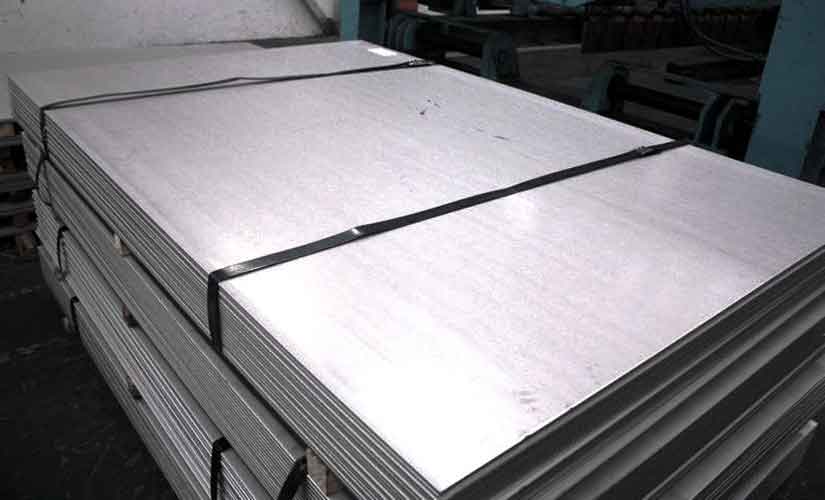309 and 309S stainless steels are austenitic chromium-nickel stainless steels often used in higher temperature applications. Due to the high chromium and nickel content, alloys 309 and 309S have high corrosion resistance, excellent oxidation resistance and excellent heat resistance, together with good strength at room and elevated temperatures. The only significant difference between the 309 and 309S is the carbon content. Alloy 309S has a lower carbon content, which minimizes carbide precipitation and improves weldability.
309 and 309S stainless steels are designed for high temperature oxidation resistance, excellent high temperature strength, and resistance to creep and environmental attack. Some examples include, but are not limited to: heating elements, aircraft and jet engine parts, heat exchangers, carburized annealed products, sulfite treatment equipment, kiln liners, boiler baffles, oil refining and chemical processing equipment, automotive exhaust parts.
These two types of stainless steel have excellent corrosion resistance, are more resistant to marine climates than alloy 304, are usually used at higher temperatures to take advantage of their oxidation resistance, have high resistance to sulfite liquids, and are generally considered heat-resistant alloys , the destructive scaling temperature is around 2000 F.

It has good anti-fouling ability, can provide continuous and intermittent service, and is resistant to high temperature corrosion. Alloy 309 resists high temperature corrosion under most service conditions. Operating temperatures are as follows: Oxidizing conditions (maximum sulfur content - 2 g/m3), 1922°F (1050°C) continuous duty, 2012°F (1100°C) peak temperature, oxidizing conditions (maximum sulfur greater than 2 g/m3) m), maximum temperature 1742°F (950°C), low oxygen atmosphere (maximum sulfur content - 2 g/m3), maximum temperature 1832°F (1000°C), nitriding or carburizing atmosphere, maximum At temperatures of 1562-1742°F (850-950°C), this alloy does not perform as well in reducing, nitriding or carburizing atmospheres as Alloy 600 (UNS N06600) or Alloy 800 (UNS N08800), but under these conditions , which outperforms most heat-resistant stainless steels.
Because it consists only of austenite at room temperature and cannot be hardened by heat treatment, the higher tensile and yield strengths that can be obtained by cold working rather than full annealing at the higher temperatures using these alloys are not stable , the use of cold-worked materials at these higher temperatures may adversely affect creep properties.
Both types of stainless steel can be coil formed, stamped, and easily drawn. In the process, annealing is usually required to reduce hardness and increase ductility. In terms of weldability, austenitic stainless steels are generally considered weldable and generally considered to have the same Austenitic 304 and 304L, the most common alloys, have comparable weldability and require special consideration to compensate for the higher coefficient of thermal expansion to avoid warping and twisting.